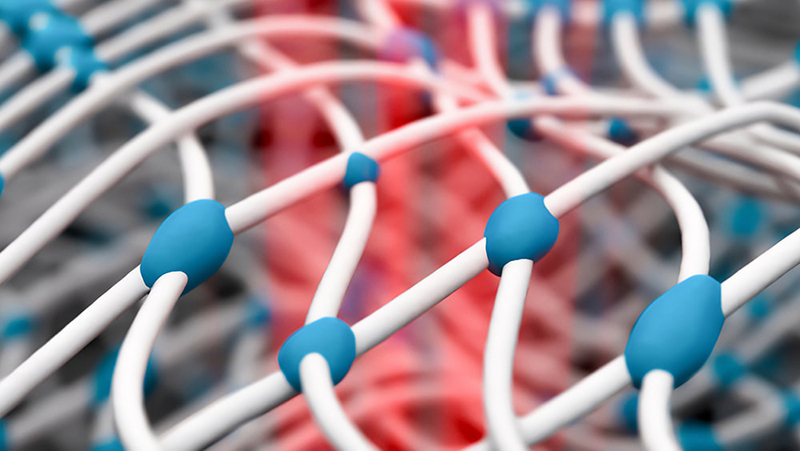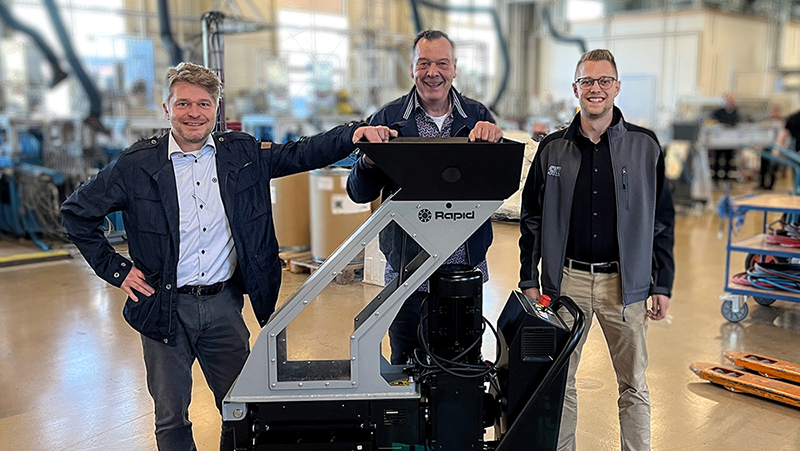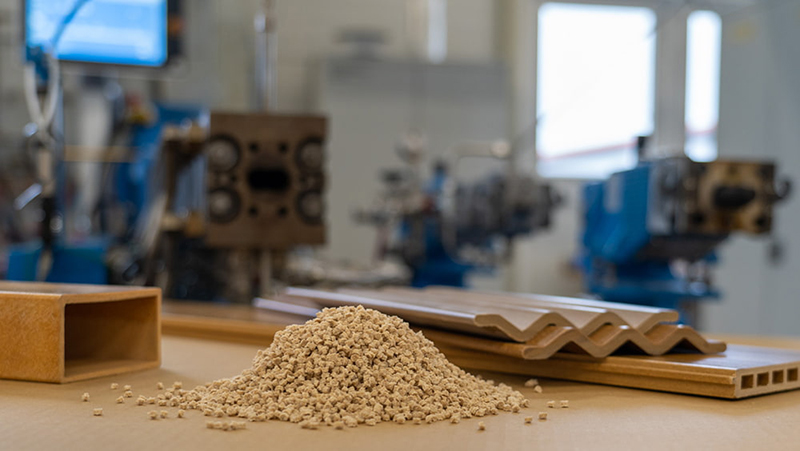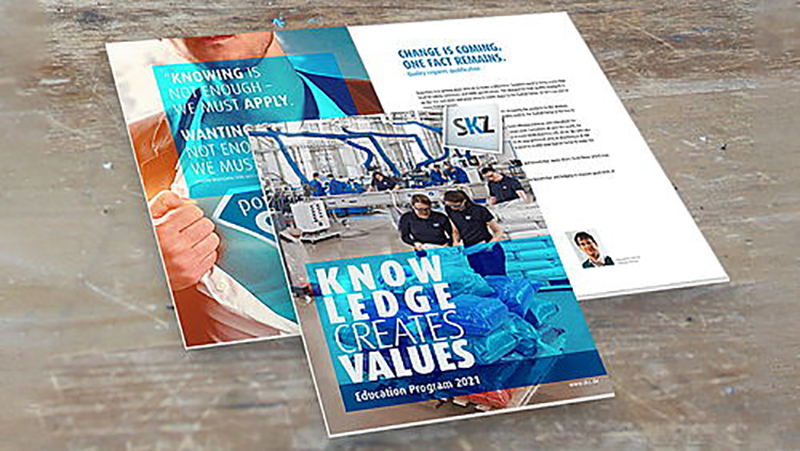The German Plastics Center SKZ in Würzburg and the Institute for Laser Technologies in Medicine and Metrology at the University of Ulm (ILM) are jointly presenting a newly developed measuring method. This impressively demonstrates the economical determination of crosslinking and curing degrees on crosslinked polyethylene (PE-X) and various thermosets.
SKZ and ILM developed new measuring method for determining degrees of crosslinking and curing
Crosslinked materials are irreplaceable in many products. The degree of crosslinking or curing is the central quality parameter in the manufacture of the corresponding components. To date, these have been tested randomly in the laboratory in a destructive and time-consuming manner. For this reason, SKZ, in cooperation with ILM, has for the first time developed a completely non-destructive method with the potential for 100% control in production. The new optical method was able to demonstrate its significant advantages over existing laboratory methods in the examination of crosslinked PE-X samples and various 2-component resins and adhesives. Optically determined so-called scattering and absorption coefficients in the near-infrared range as well as Raman bands form the basis.
In the future, crosslinking degrees and curing reactions can be determined cost-efficiently and close to the process with reliability. In this way, product development cycles will be shortened, manufacturing resources saved and complaints avoided. Motivated by the high user acceptance, SKZ and ILM will extend the measurement method to other promising spectral ranges. Interested companies are invited to contact SKZ to have the new measurement method evaluated for their own applications.
The results are based, among other things, on project 20848 N of the research association "Fördergemeinschaft für das Kunststoff-Zentrum e. V.". This was funded by the German Federal Ministry of Economics and Climate Protection through the German Federation of Industrial Research Associations (AiF) as part of the program for the promotion of joint industrial research (IGF) on the basis of a resolution of the German Bundestag. We are grateful for the financial support. The detailed research report of the project (ISBN 978-3-8440-8638-6) is now available.





